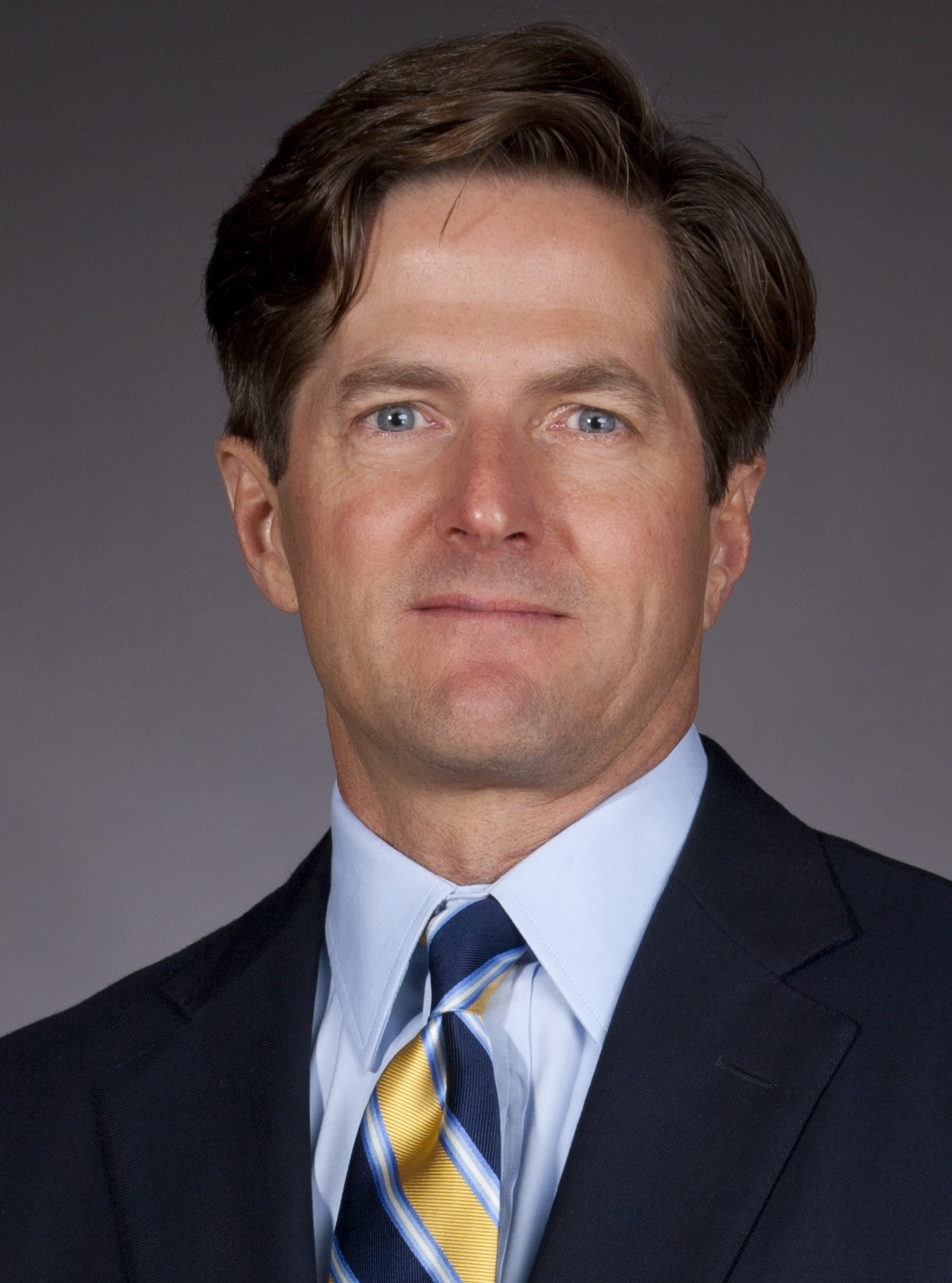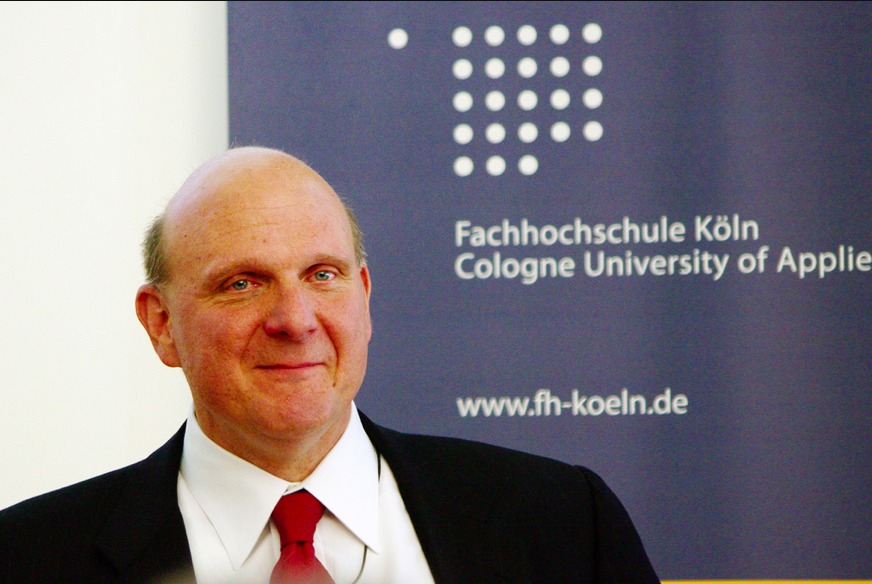The last five years of basically “interest free” money have had a dramatic effect on markets, investors and savers.
Recently Bloomberg View columnist Matthew Klein commented that even Janet Yellen, our future Federal Reserve chief, observed how “low interest rates harm savers.” In addition, her colleague Charles Evans, president of the Federal Reserve Bank of Chicago, argued that the threat of wealth confiscation by negative interest rates is necessary to restore spending and “risk-taking” back to “normal levels.”
I suspect that means the Fed will supply the money to the top of the food chain and then hope for the best. Clearly the Fed’s monetary toolbox has reached the limit of what it can do alone.
In my opinion, the folks in Washington missed their chance at a real sustained recovery by failing to create some fiscal help in Congress. The current recovery is clearly divided into two distinct and separate tracks, and further monetary help will exaggerate the difference between the winners and losers.
Just compare what happened at Christie’s recent record modern art auction with what lurked below the surface in the recent employment numbers. Then the picture becomes pretty clear about just who prospers and who stagnates when we use only monetary stimulus to try and create an economic recovery.
The employment numbers at the surface looked promising, but if you dig down a little deeper you will see some distressing details; almost 20mm American’s are either unemployed, forced to work part time, or are so disillusioned they have quit looking for work entirely.
If Congress had just done their jobs and put forward some timely fiscal policies, in conjunction with the fed’s monetary policies, we might be out of second gear by now. After five years we should be seeing more promising signs for all, not just Christies and the lucky owners of Balloon Dog Orange.
Demographics and baby boomers are attracting attention internationally, and not all of it is good. The prime example of how badly demographics can hurt is the situation in Japan. They have struggled almost two decades with anemic economic growth.
The Nikkei 225 Index has fallen over 60% from its high of 38,900 in 1989. This former economic powerhouse has faced severe headwinds due to an aging population combined with restrictive immigration policies. Evidence the recovery process can be daunting when demographics start working against you.
A byproduct of this failing recovery in Japan is their massive debt-to-GDP ratio of more than 220%, the highest of all the G7 countries. Unless they open the floodgates to immigrants, they cannot organically generate the economic strength needed to grow their way out of this debt.
Japan’s population growth is low; just 1.41 births per family, far below the 2.0 number needed to maintain the population. In 2012 they had 16,200 fewer births by women in their 20’s, so families are starting later and producing fewer children.
They are leaning against the wind, and the only answer for Japan is to continue their current efforts of increased domestic spending and programs designed to devalue the Yen.
These policies have succeeded in moving the yen from 85 to 100 yen per dollar, and sent the Nikkei Stock index up 45% year to date through November 17. Nice work so far, but Japan also has a consumption-tax rate scheduled to go from 5% to 8% next April, possibly on its way to 10%.
I think this would throw Japan’s economy under the bus. The only way out is more borrowing and spending, their aging demographics looks to be forcing this nasty cycle. The continued devaluation of the yen looks like their only way out.
In the USA, although our population growth has slowed to below the replacement level of 2.0, many people still migrate to the USA to pursue the American Dream.
Our debt-to-GDP ratio is about 75% so roughly a third of Japan’s, but more importantly we still have the world’s “reserve” currency at our disposal. The benefit of having global commodities priced in a currency you can print is truly special. How long this will last is the real question.
The leading edge of the baby boomers has started to reach age 65, retirement is at hand and things are changing a bit. I think the retiring boomers will cause the interest rate curve to steepen, keeping short term rates lower, but letting longer terms rates rise substantially more.
It’s a low probability these boomers will be investing too aggressively, and they may shift a larger portion of their investments into short term bonds. Given they just experienced the biggest stock market meltdown of their lives, and spent four years waiting for their assets to recover, we doubt they will be too adventurous.
They won’t soon forget the feeling of despair in the pit of their stomachs when the Dow dropped 50% in just sixteen months. We definitely don’t agree with this as strategy for a potential 25 year retirement, but fear it’s a new reality.
So these leading edge boomers will likely be investing a higher percentage of their assets in fixed income than ever before. The short end of the fixed income “curve,” out to five years, should see continued and significant investor interest for some time.
I can see bond investors just rolling over any maturities back into this sector of the yield curve, almost continually, as a strategy for their retirement. This would also explain the reported voracious appetite that pension funds seem to have now for short term investment grade bonds.
When the Fed does begin to taper their current bond purchases, effectively ending the current Quantitative Easing (QE) program, I think the front end of bond “yield curve” will be somewhat insulated.
The expected avalanche of bond selling will have its greatest impact on the longer term maturities. In my opinion, I can’t expect anyone to be tempted to commit to any long term bond investments until yields rise significantly.
Viewing things historically, I can see approximately 5.25 yields on the 30-year Treasury bonds as the first level that might be interesting. Often markets will retrace 25-50% of a specific move up or down, and if you look back to when this bond bull market started, that would leave a lot of room for long term interest rates to move higher.
The leading edge of the baby boomers have now seen both their portfolios and real estate values bounce back. They have survived all serious attempts at social security benefit reduction, and many may have held on to the last “real” (non 401k) pension plans available.
I believe the vast majority will feel pretty fortunate and will be happy about the safe returns they can generate in short term bonds. As such don’t expect them to be too active in the equity markets, creeping out the interest rate curve or taking any significant credit risk to increase their returns.
Doubtful they will be advocates of the conspicuous consumption of years past. If the late 80’s and 90’s were the “go-go” years, these will likely be the “no-no” years. Their financial hands have worked out fortuitously, and we don’t expect them to blow it now.
Retirement may come a little later to the trailing edge boomers, those about ten years behind their counterparts, especially those in the “targeted” middle class. Hopefully you were able to hang on during the roller coaster ride above and not get spooked out at the bottom.
If so congratulations, the college of your child’s choice considers you wealthy enough to pay full price. Surprise, $60,000 is the new cost per year at an elite private school. The average cost of sending two children to a four year private college has jumped to about $500,000 in after tax income, ouch that will definitely leave a mark.
The day has now clearly arrived when the traditional family unit the baby boomers grew up with has ended. One working parent can no longer be expected to support a stay at home spouse raising their families, pay for college, and be able to retire.
We fear this simple fact itself will have a tremendous ripple effect; we can envision a host of issues coming up as a result, none good. The enemy of teenagers has always been a lack of consistent parenting and too much free time.
Even worse, now any decisions about your retirement will have to include how much college debt you want to heap on your children. The hidden element of this higher education cost creep is the juxtaposition of parents against their own children. Your retirement versus their education, the cost of each is substantial, together it’s staggering.
The Fed isn’t likely to start tapering anytime too soon, the events of this summer clearly demonstrate the potential market reaction and how quickly any spike up in rates can put a damper on the current housing recovery.
We think given the “one in a row” employment number upside surprise, and its suspect rosy picture is not enough to change things for December. Additionally, the Fed doesn’t really want to be involved with potential commotion around Christmas.
I have no way of knowing for sure, but I believe the Fed really would like to say to Congress: If you don’t think the current quantitative easing program should continue, then shut up, sit down, and do your job.
The questions that I hear every week: Is the equity rally a bubble, is it too late to invest, will the International markets keep going, when will the emerging markets get back on track, or what about gold?
The answers of course are no one knows for sure. The best you can hope for is to diversify your investments across multiple asset classes, and each day some things will be up and some down, but on balance, over longer time horizons, you will be fine in my opinion.
A good methodology would be to assess how happy you would be if you couldn’t get stock quotes for a month. That shouldn’t be a real problem with a true longer term focus. Short term metrics only measures random performance over smaller periods, this unfortunately also shifts the focus away from your long term goals. Stay focused on the future and not the random market movements of each trading day.
DISCLAIMER: Certain information contained in this presentation is based upon forward-looking statements, information and opinions, including descriptions of anticipated market changes and expectations of future activity. The manager believes that such statements, information and opinions are based upon reasonable estimates and assumptions. However, forward-looking statements, information and opinions are inherently uncertain and actual events or results may differ materially from those reflected in the forward-looking statements. Therefore, undue reliance should not be placed on such forward-looking statements, information and opinions.




